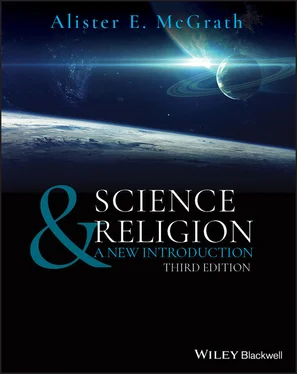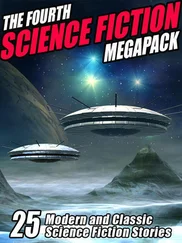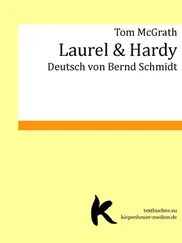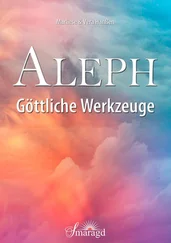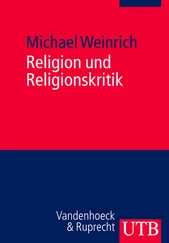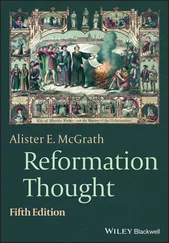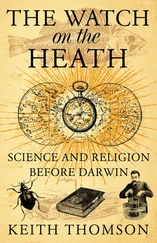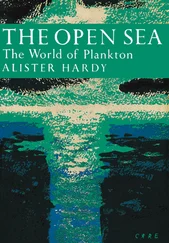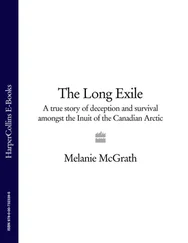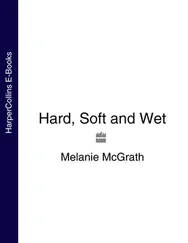This framework offers some important possibilities for both identifying the distinct ‘knowledge products’ of science and religion. It respects the difference between science and religion, avoiding any attempt to confuse or conflate them; however, it holds that it is possible to bring together the different levels of knowledge that they produce. As we shall consider at several points in this work, the natural sciences are primarily concerned with understanding how things function , whereas religion is more concerned with what they mean . These represent different levels of engagement with human existence. Yet they can be brought together to give a fuller and richer understanding of the distinct nature of humanity.
Science and Religion Offer Distinct Maps of Reality
A third approach is found in the writings of the British philosopher Mary Midgley, who frequently considered the relationship between the natural sciences and other disciplines. Midgley argued that the project of engaging the most important questions in human life demanded that a number of different conceptual tool‐boxes had to be used together to disclose the full picture of human existence. A single method of investigation will illuminate only some aspects of our world. To limit ourselves to the methods of the natural sciences in general, or one natural science (such as physics) in particular, leads to what Midgley calls a ‘bizarrely restrictive view of meaning’.
Midgley thus argues that we need to develop ‘multiple maps’ of reality. No single approach is adequate to do justice to the natural world. We need ‘many windows’ on a complex reality if we are to represent it adequately rather than reduce it to one privileged perspective. Consider an atlas, which provides us with many maps of the same region – for example, North America or Europe. But why do we need so many maps to represent one region? Surely one is enough? Midgley's answer is simple: because different maps provide different information about the same reality.
A physical map of Europe shows us the features of the landscape. A political map shows the borders of its nation states. Midgley's point is that each map is designed to answer a specific set of questions. What language is spoken here? Who rules this territory? Each map makes sense of the landscape by answering certain questions about it – and not others. If we want to gain a comprehensive understanding of our world, we have to find some way of bringing them all together. We might superimpose them, so that their information can be fully integrated. One map on its own cannot tell us everything we wish to know. It can help us understand part of a bigger picture – but to see the full picture we need multiple maps. Each map answers a different question – and each of those questions is important. Science maps our world at one level, explaining how it functions; religion maps our world at another level, explaining what it means.
The Two Books: Two Complementary Approaches to Reality
Finally, we turn to a way of visualizing the relation of the natural sciences and Christianity which emerged during the European Renaissance, and did much to encourage the rise of science by showing how it was consistent with a religious way of thinking. The metaphor of the ‘Two Books of God’ invites us to imagine both nature and the Christian Bible as texts originating from the same author, both of which require interpretation. The metaphor of the ‘Two Books of God’ was widely used to maintain the distinctiveness of the natural sciences and Christian theology on the one hand, yet to affirm their capacity for positive interaction on the other. Both, it was argued, were written by God; both disclosed God, in different ways and to different extents. These two books could be read individually; but they could also be read side by side, each illuminating the other.
This metaphor served several important functions during the emergence of the natural sciences from about 1500 to 1750. John Calvin's Institutes of the Christian Religion (1559) were developed to help Christians discern the ‘big picture’ of the Christian faith, which Calvin argued explicitly encouraged a dialogue between the natural sciences and theology, recognizing both the parallels and divergences between the Two Books. ‘The knowledge of God, which is clearly shown in the ordering of the world and in all creatures, is still more clearly and familiarly explained in the Word.’ Later Reformed confessions of faith – such as the Belgic Confession – affirmed that the universe is laid out before us like a ‘beautiful book’, designed to encourage us to ‘reflect on the invisible things of God’. For Calvin, the Bible both clarified and extended this knowledge of God, setting it on a more reliable foundation.
The metaphor of the ‘Two Books of God’ rests on the fundamental belief that the God who created the world is also the God who is disclosed in and through the Christian Bible. Without this underlying and informing assumption, the ‘Two Books’ need not be seen as connected in any way. The link between them is grounded in the Christian theological belief in a creator God who is revealed in the Bible. The Christian metaphor of the ‘Two Books’ sought to hold together the various elements of human knowledge, seeing this both as a cultural virtue and a spiritual duty. As has often been noted, one of the motivations for the serious scientific study of nature was a profound sense that this would enrich the believer's appreciation of the beauty and wisdom of God as creator.
The analogy of God's ‘Two Books’ thus emphasizes that the natural world and the Christian faith are distinct, and that they must not be conflated or assimilated. Each has its own distinct topics and methods of investigation, representation, and systematization. Yet these two books relate to each other, each enriching the other. The investigation of the natural world requires one method; the interpretation of the Bible requires another. Yet these two distinct disciplines are able to illuminate each other and enrich their readers' grasp of the significance of nature. The metaphor creates an expectation of a meaningful, if limited, dialogue between science and Christianity, which is grounded in a theological insight – namely, that God is the author of each of these Two Books.
Already in this chapter, we have referred to some historical landmarks in the interaction of science and religion. In the next chapter, we shall explore four such landmarks in greater detail, setting the scene for some of the discussions in later sections of this work.
1 Barbour, Ian G. Issues in Science and Religion. Englewood Cliffs, NJ: Prentice Hall, 1966.
2 Cantor, Geoffrey, and Chris Kenny. ‘Barbour's Fourfold Way: Problems with His Taxonomy of Science–Religion Relationships.’ Zygon, 36, no. 4 (2001): 765–781.
3 Coulson, C. A. Science and Christian Belief. London: Oxford University Press, 1955.
4 Dallal, Ahmad S. Islam, Science, and the Challenge of History. New Haven, CT: Yale University Press, 2010.
5 Ecklund, Elaine Howard, David R. Johnson, Christopher P. Scheitle, Kirstin R. W. Matthew, and Steven W. Lewis. ‘Religion among Scientists in International Context: A New Study of Scientists in Eight Regions.’ Socius, 2 (2016): 1–9.
6 Evans, John H., and Michael S. Evans. ‘Religion and Science: Beyond the Epistemological Conflict Narrative.’ Annual Review of Sociology, 34 (2008): 87–105.
7 Fitzgerald, Timothy. ‘A Critique of Religion as a Cross‐Cultural Category.’ Method and Theory in the Study of Religion, 9, no. 2 (1997): 91–110.
8 Freely, John. Aladdin's Lamp: How Greek Science Came to Europe through the Islamic World. New York: Alfred A. Knopf, 2009.
Читать дальше
